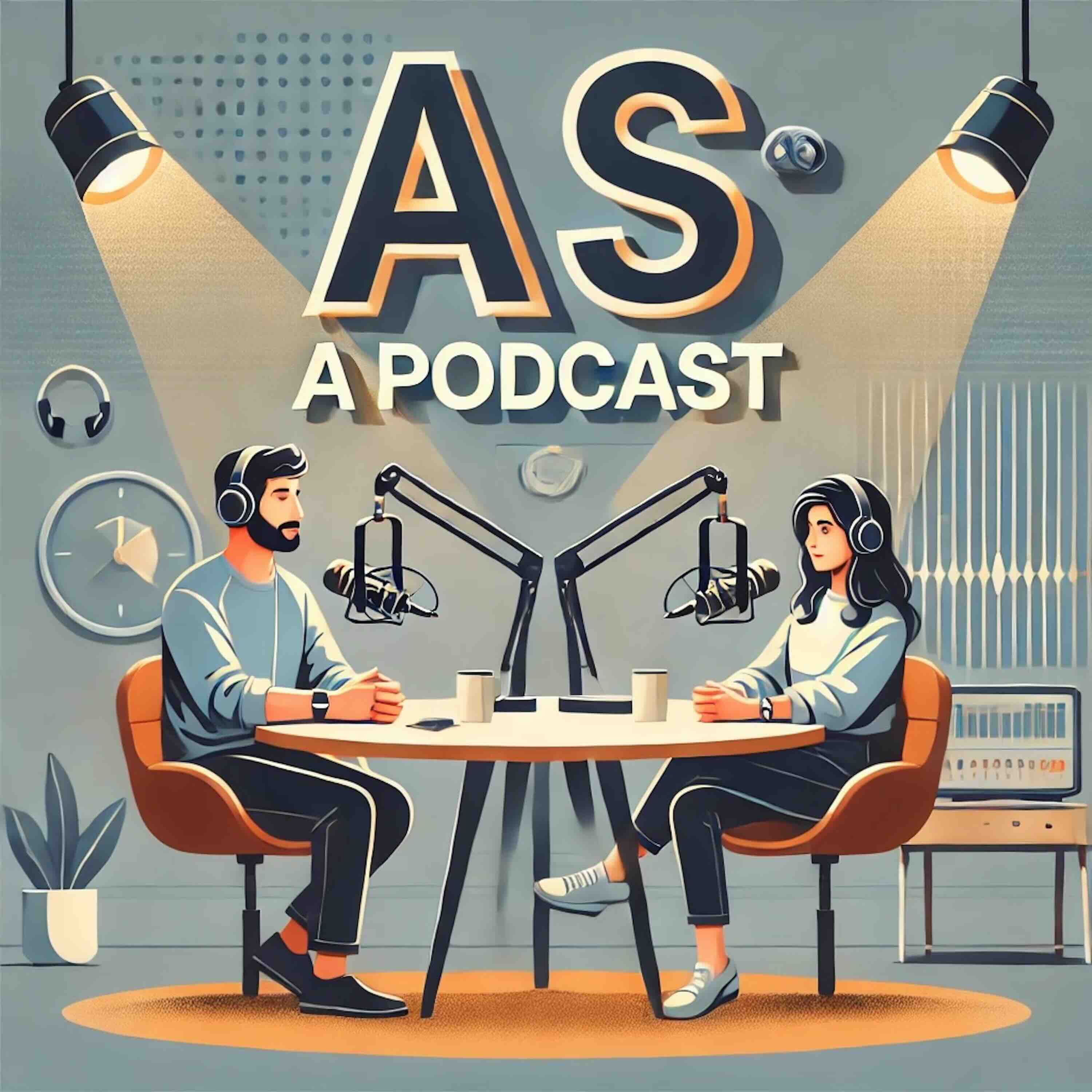The Singularity Is Nearer by Ray Kurzweil
Description
The Singularity Is Nearer by Ray Kurzweil\
Ray Kurzweil's book, The Singularity Is Nearer, argues that the exponential growth of information technology, particularly in artificial intelligence (AI) and nanotechnology, will lead to a technological singularity by approximately 2049. This singularity represents a point in time when technological progress accelerates beyond our ability to fully comprehend or predict, fundamentally transforming human civilization and our very nature.
Buy this book on Amazon
Key Ideas and Facts:
I. The Law of Accelerating Returns and Exponential Technological Growth:
Exponential Progress: Kurzweil emphasizes the consistent exponential growth in computing power, exemplified by Moore's Law, arguing this trend extends beyond just processing speed to encompass various technological domains. He states, "When a teenager in Africa spends $50 on a smartphone, it counts as $50 of economic activity, despite the fact that this purchase is equivalent to over a billion dollars of computation and communication technology circa 1965."
Epochs of Evolution: This exponential growth drives a series of "epochs" in evolution, with each epoch marked by a significant leap in complexity and information processing capability. From the formation of atoms in the First Epoch to the emergence of human-level AI in the Sixth Epoch, Kurzweil uses this framework to contextualize the singularity's inevitability.
II. Artificial Intelligence and the Path to Singularity:
Deep Learning and its Achievements: Kurzweil highlights the transformative power of deep learning, a form of AI that learns from vast amounts of data. He details the success of deep learning in areas like language translation ("A variation of this method is a 500-dimensional space that carries sentences in every language."), game playing (Deep Blue, AlphaGo, MuZero), and image recognition.
Passing the Turing Test: He argues that AI will soon convincingly pass the Turing test, becoming indistinguishable from humans in conversation and demonstrating true intelligence. Kurzweil predicts this milestone by 2029, stating, "As of 2023, the most advanced AI systems still can’t pass a rigorous version of the Turing test."
Beyond Human Intelligence: Kurzweil predicts that AI will eventually surpass human intelligence, becoming capable of solving problems and generating creative outputs far beyond our current capabilities. This superintelligence, he believes, will be instrumental in driving the technological singularity.
III. Nanotechnology, Biotechnology, and the Transformation of Humanity:
Nanotechnology's Potential: Kurzweil envisions nanotechnology revolutionizing various fields, from manufacturing and energy production to medicine and longevity. He describes the potential of nanobots to cure diseases, repair damaged tissues, and even reverse aging at the cellular level ("These will be made from diamondoid parts with onboard sensors, manipulators, computers, communicators, and possibly power supplies.").
Biotechnology and Radical Life Extension: He predicts a future where biotechnology, coupled with AI and nanotechnology, leads to radical life extension. Kurzweil outlines four "bridges" to this future, with the ultimate goal being the "longevity escape velocity" – a point where life expectancy increases faster than we age.
Mind Uploading and the "You 2" Scenario: Kurzweil explores the concept of mind uploading, transferring human consciousness to a non-biological substrate. He discusses the philosophical implications of this technology, particularly through the "You 2" scenario, where a digital copy of your consciousness could exist independently of your biological self, raising complex questions about identity and free will.
IV. Perils and Ethical Considerations:
Existential Risks: Kurzweil acknowledges potential risks associated with powerful technologies like AI and nanotechnology. He discusses the "gray goo" scenario, where self-replicating nanobots could con
More Episodes
Outlive, by Peter Attia is a book that examines the science and art of longevity and challenges the reader to rethink conventional approaches to health and wellness.
Buy the book on Amazon
The author, a physician and researcher, argues that modern medicine, known as Medicine 2.0, often focuses...
Published 11/13/24
Published 11/13/24
The book The Case Against Sugar by Gary Taubes argues that sugar, particularly sucrose and high-fructose corn syrup, is a primary driver of chronic diseases such as diabetes and obesity.
Buy the book on Amazon
The author presents a historical analysis of sugar consumption, tracing its...
Published 11/11/24


